Customer Analytics and AI: Better Together
DataRobot
DECEMBER 8, 2021
Organizations need to have a real-time understanding of customers’ needs and timely strategies for maximizing the value of their data. AI improves upon traditional analytical methods by better detecting and understanding the complexities and nuances of the data—from human behavior to finding signal in a sea of information overload.

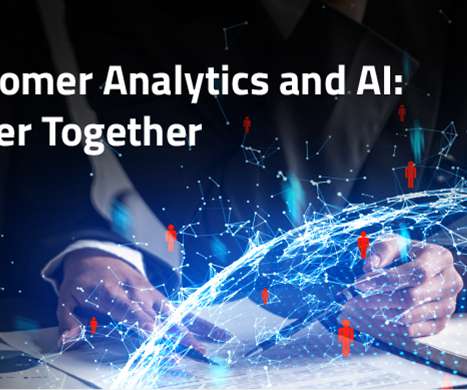



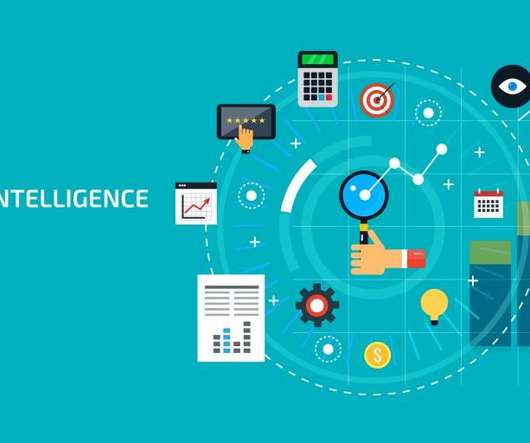
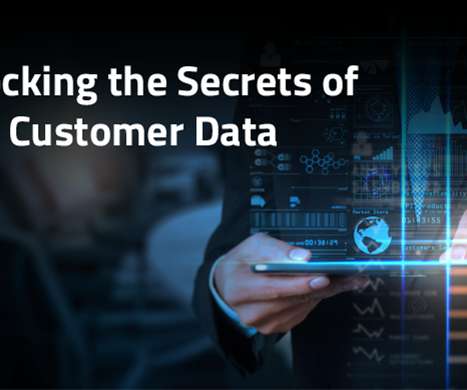


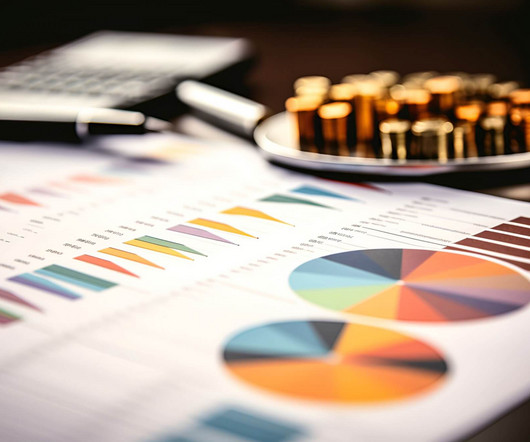
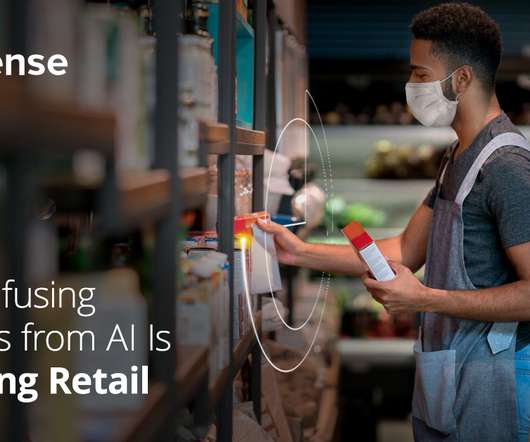










Let's personalize your content